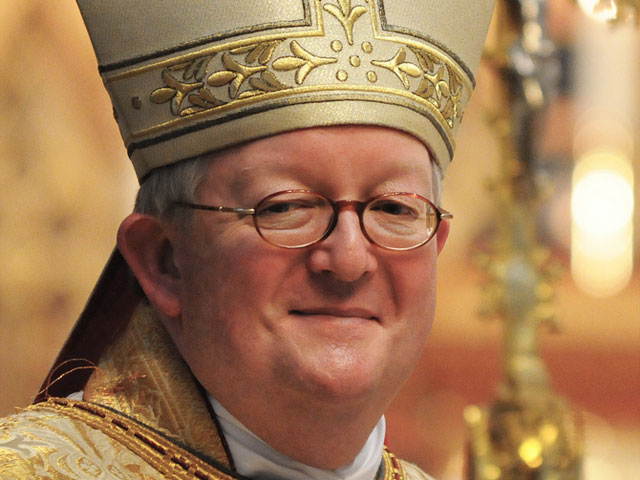The news that New Zealand’s senate has approved a gay marriage bill has stirred but slight interest in the U.S. press. The Wall Street Journal ran a small box item while the New York Times printed a brief AP report in its world briefing section on page A12. The AP reports that:
Parliament on Wednesday voted 77 to 44 to legalize , which will make the 13th nation in the world and the first in the Asia-Pacific region to allow gay couples to marry. The bill was supported by Prime Minister John Key, who is on the center-right. The new law will allow gay couples to jointly adopt children for the first time and allow their marriages to be recognized in other countries. The law will take effect in August.
The Australian press has paid closer attention reporting on the debate as well as the political ramifications for the government of Prime Minister Julia Gillard. The Prime Minister said the Australian Parliament had spoken and made up its mind against gay marriage.
The Melbourne Herald-Sun has also made up its mind and believes those who do not support gay marriage are slack-jawed troglodytes. The lede to its story entitled “The speech that legalised same-sex marriage in NZ:” is embarrassingly effusive and is written in tones hitherto reserved for the style section. And the story itself is so unbalanced, so obsequious, so silly — but before I work myself into a fever pitch of righteous indignation, let’s take a look.
A NEW Zealand MP has won kudos amongst the gay community and same-sex marriage supporters worldwide after delivering a humorous yet thoughtful speech about the ludicrous ideas why not to support gay marriage and the logical reasons why you should. So poignant is National Party MP Maurice Williamson’s speech, some are hailing it as “one of the greatest speeches ever delivered at a marriage equality debate”.
Perhaps it might have been more accurate to have added after same-sex marriage supporters the phrase “including this reporter”. Is this sober, even handed journalism, or a love letter from the Herald-Sun? Is the article saying that opposition to gay marriage is ludicrous? Or that the ludicrous straw man arguments offered up by the speaker are examples of the quality of the opposition’s arguments? What is ludicrous is this article being placed in the world news section and not in the opinion pages.
“Some are hailing”? As no names are given to substantiate this claim it is quite clear that the author is speaking about his own views and ascribing them to unnamed others. The article continues in this vein of excited adulation with extracts from the speech interspersed with descriptions like:
His speech concluded with some of the most powerful words spoken in favour of marriage equality.
How are they the most? Why are they the most? Compared to what? The Herald-Sun is offering a moral judgment but provides no data in support of its conclusion.Now my purpose in pointing out this execrable story is not to engage in debate on the rights or wrongs of gay marriage. There are plenty of websites that do that sort of thing. GetReligion looks at the quality of the journalism, not the issues presented in an article. If the author wanted to write a story highlighting this speech in the belief that it swayed MPs to vote for the bill, or was a succinct summary of the argument in favor of gay marriage then quotes to the use of that effect needed to be provided. Otherwise all we have is the author’s opinion as to its merits.
One of my colleagues in Australia, Russell Powell, notes that the author of this piece last year published an open letter to the Prime Minister calling for the Australian government to enact gay marriage laws. A good reporter has the ability to separate his personal views from his professional responsibilities. I see no conflict in writing an open letter advocating a course of action and then covering a news story that deals with the same issue – – if the rules of unbiased, balanced, fair, thorough, professional journalism are followed. That did not happen here.
Image courtesy of Shutterstock.











